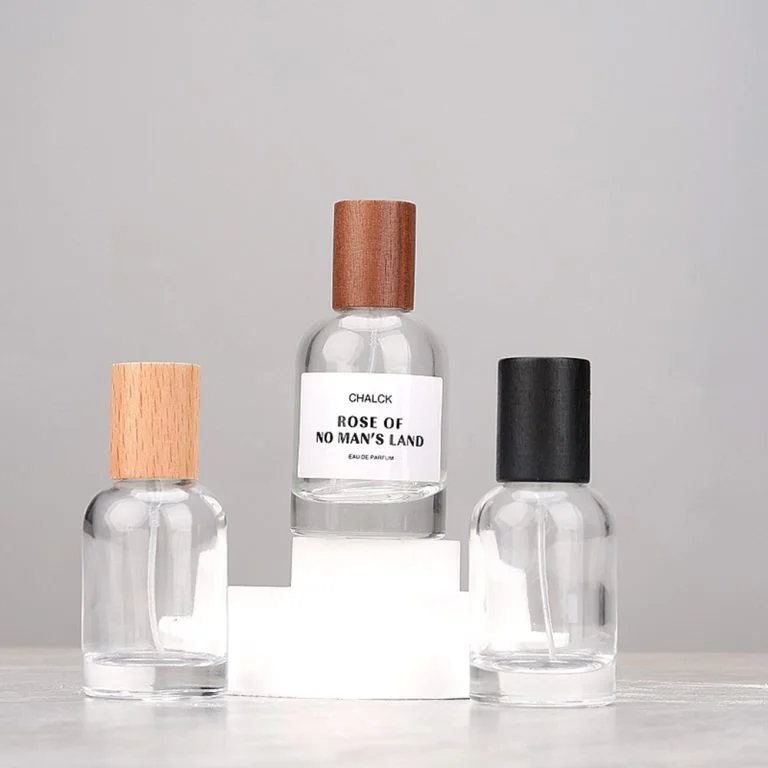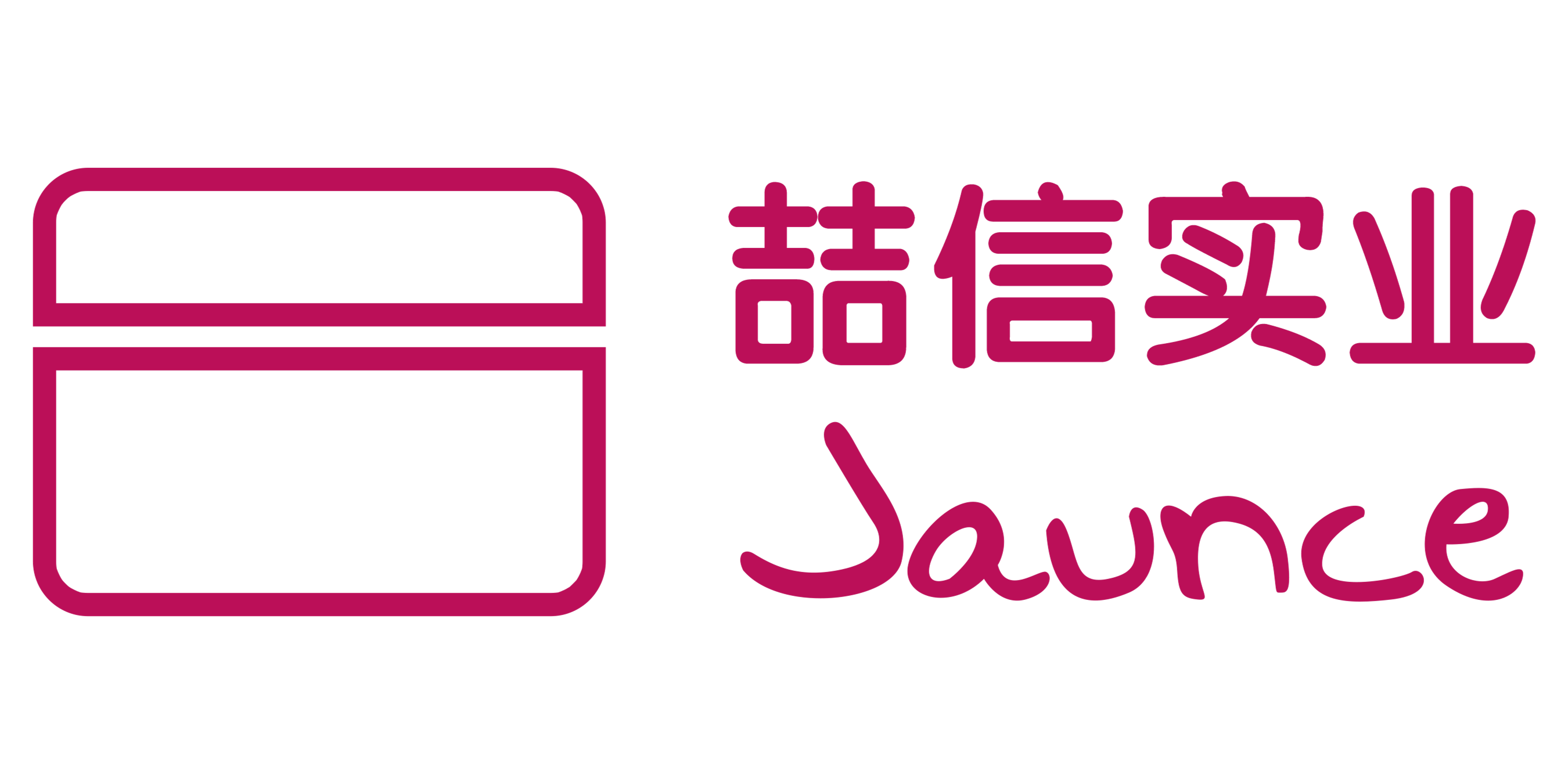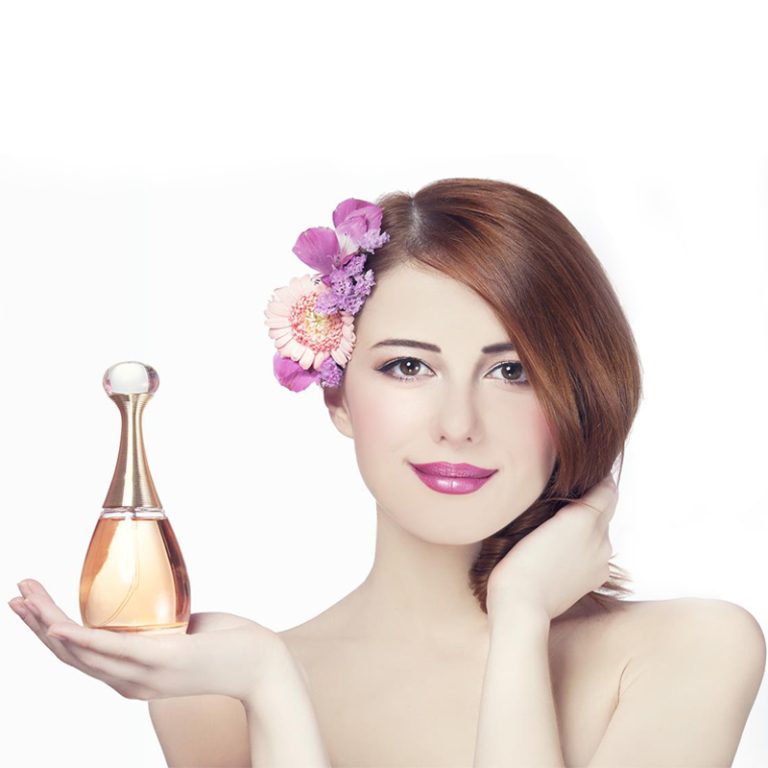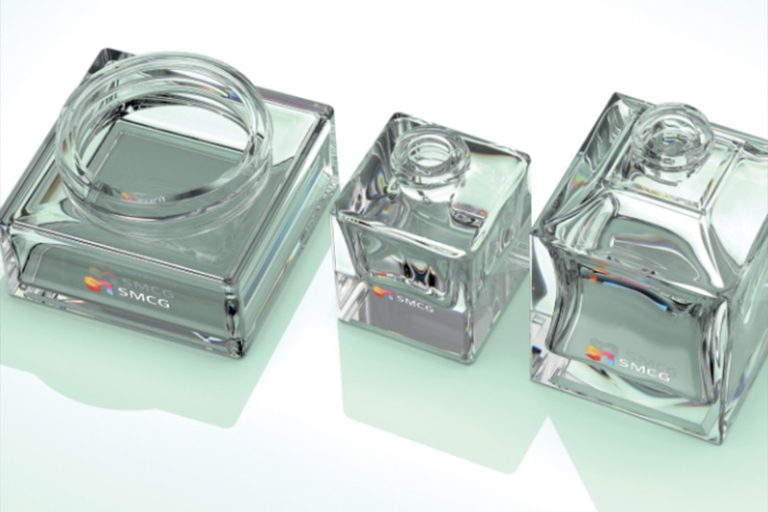Le passage à un emballage cosmétique écologique, en particulier pour les parfums, est un peu un puzzle. Différents pays ont leurs propres règles, vous devez donc vous assurer que votre emballage fonctionne partout tout en gardant l’air bien et en gardant le produit en sécurité. Des certifications comme FSC ou Cradle to Cradle montrent que vous êtes légitime, et quelque chose comme JaunceLa bouteille de parfum transparente de 30 ml, une option en verre résistant et recyclable, est parfaite pour les vibes vertes, la durabilité et ce look sophistiqué. Vous devrez ajuster votre chaîne d’approvisionnement, concevoir des conceptions intelligentes et aider les clients à comprendre comment recycler. Cela coûte plus à l’avance, mais réduire les déchets et renforcer la réputation de votre marque peut payer beaucoup. Les systèmes de recyclage diffèrent à l’échelle mondiale et la technologie n’est pas encore parfaite, vous avez donc besoin que tout le monde – fournisseurs, designers, magasins – fasse équipe pour obtenir des résultats réels.
Barrières réglementaires et de conformité
Naviguer dans les règles mondiales de durabilité pour les cosmétiques
Passer à un emballage cosmétique écologique ? C'est délicat. Les règles diffèrent d'un pays à l'autre. La directive européenne sur les emballages et les déchets d’emballage (PPWD) et la loi sur la pollution plastique SB 54 de Californie établissent des normes strictes. Ils couvrent les matériaux, le recyclage, l’étiquetage et qui paie pour les déchets. Pour les marques mondiales, votre emballage doit fonctionner partout sans gâcher l'apparence ou la fonction. Vous avez besoin d'un plan qui suit les matériaux, vérifie les cycles de vie et soutient les revendications écologiques avec des certifications solides.
Certifications pour Ecologique Emballage
Pour prouver que votre emballage est écologique, vous avez besoin de certifications comme FSC pour le papier ou Cradle to Cradle pour les matériaux sûrs. Ceux-ci ne sont pas seulement pour le spectacle - les magasins et les régulateurs les exigent. Vos fournisseurs doivent également prouver qu'ils respectent les règles chimiques REACH et RoHS. Ceci est très important pour les parfums, où l'emballage touche des produits chimiques forts et pourrait causer des problèmes.

Comment les nouvelles lois façonnent la conception des emballages
Les nouvelles lois poussent à des designs simples et recyclables. La loi AGEC française, par exemple, stipule que les produits nécessitent des instructions claires de recyclage. Donc, vous devez repenser comment les pompes, les bouchons et les bouteilles s’ajustent. Utilisez un matériau ou des pièces qui se divisent facilement. Ces règles ne sont pas facultatives, elles modifient la façon dont vous concevez du début à la fin.
Choix des matériaux sans perte de performance
L'emballage écologique doit toujours protéger votre produit. C'est le plus difficile pour les bouteilles de parfum.
Équilibrer les objectifs écologiques avec la sécurité des produits
Bouteilles de parfum robustes et sûres
Les parfums détestent la lumière, l'air et la chaleur. Les matériaux écologiques doivent être étanches, bloquer les rayons UV et ne pas réagir avec le liquide. Les bioplastiques ou le papier semblent verts, mais ils échouent souvent à maintenir les formules sophistiquées en sécurité à long terme. Glass est un champion ici. Il est recyclable pour toujours, super résistant et garde les parfums parfaits.
de Jaunce Bouteille de parfum transparente de 30mlUne victoire verte
La bouteille de parfum transparente de 30ml de Jaunce l’a clouée. Ses épais murs en verre sont robustes et ont l’air élégant pour les marques de luxe. Le design clair montre le niveau de liquide et s'adapte à des vibrations simples et écologiques qui correspondent aux objectifs verts et aux souhaits du client.
Limites des matériaux verts
Travailler avec des formules de parfum
Les plastiques biodégradables se décomposent souvent lorsqu’ils touchent des parfums à base d’alcool. Vous aurez peut-être besoin de doublures, mais elles rendent le recyclage plus difficile. Les plastiques PET manipulent mieux les parfums mais luttent contre la chaleur lors du remplissage ou du stockage prolongé. La cueillette des matériaux est une promenade en corde serrée entre les avantages verts et le maintien des produits solides.
Chaîne d’approvisionnement et obstacles à la production
Aller écologique Il ne s’agit pas seulement de design. Toute votre chaîne d'approvisionnement a besoin d'un bouleversement.
Trouver des matières premières vertes
L’approvisionnement en matériaux intelligent de Jaunce
Obtenir des produits certifiés comme le verre recyclé ou le papier FSC signifie travailler avec des fournisseurs qui se soucient des objectifs écologiques. Jaunce choisit des partenaires qui prouvent leur jeu vert avec la paperasse. Cela réduit les risques de blanchiment vert et maintient chaque lot stable pour les ventes mondiales.
Mise à jour de la production pour de nouveaux formats
Des processus verts qui ne manquent pas à la qualité
Le passage à des emballages respectueux de l'environnement pourrait signifier un ajustement ou une reconstruction des lignes de production. Cela peut ralentir les choses si vous n’êtes pas prêt. Mais la nouvelle technologie permet aux moules de verre de prendre des formes super précises. Les murs plus minces économisent du matériel mais restent forts. Cela équilibre les coûts et les objectifs verts.
Coût et remboursement à long terme
Aller écologiquement coûte plus à l’avance, mais cela peut stimuler votre marque et économiser de l’argent plus tard.
Coûts d'emballage verts vs. réguliers
Les produits écologiques comme les matériaux certifiés coûtent plus cher parce que les chaînes d’approvisionnement sont plus petites et les certifications ne sont pas bon marché. Mais les prix baissent à mesure que de plus en plus de marques interviennent. La prise en compte des coûts du cycle de vie, tels que des frais de déchets plus bas ou des expéditions plus légères, montre des économies cachées.
Les victoires à long terme avec les bouteilles vertes de Jaunce
L’utilisation des bouteilles en verre de Jaunce réduit les fuites et les ruptures, de sorte que moins de produits sont retournés. Les clients aiment ça. De plus, le verre de luxe vous permet de charger plus dans les magasins, augmentant ainsi les bénéfices. C’est une démarche intelligente pour des gains à long terme.
Budgétisation pour les tests et le développement
Les nouvelles conceptions écologiques nécessitent des tests sérieux - pensez aux tests de contrainte pour la chaleur ou aux contrôles de compatibilité des parfums. La mise de côté de l'argent pour les prototypes évite des rappels coûteux après le lancement.
Conception, branding et points de vue des clients
Ecologique ne signifie pas ennuyeux. Il peut faire briller votre marque si fait correctement.
Mélanger les looks avec les valeurs vertes
Des conceptions simples, comme le verre transparent ou les logos en relief, coupent l'utilisation des matériaux et ont une belle apparence sur les étagères. Des options telles que des finitions glacées ou des bouchons rechargeables maintiennent les choses uniques et recyclables. C’est un win-win.
Personnalisation avec la bouteille de parfum transparente de 30ml de Jaunce
La bouteille de Jaunce offre des ajustements frais comme la sérigraphie ou le glaçage. Vous pouvez correspondre à l’ambiance de votre marque tout en restant respectueux de l’environnement. C’est un endroit idéal pour les clients qui veulent de vrais produits verts.
Enseigner aux clients sur les emballages verts
Nettoyer les étiquettes avec des symboles de recyclage ou remplir les informations renforce la confiance. Les codes QR liés à votre histoire verte ou aux données sur le carbone transforment votre emballage en un moyen de se connecter avec les acheteurs, pas seulement avec le produit.
Systèmes de recyclage et plans de fin de vie
Même les emballages les plus écologiques échouent si les systèmes de recyclage ne peuvent pas le gérer.
Les différences de recyclage dans le monde
Le recyclage varie selon la région. Les systèmes allemands se détruisent, mais l’Asie du Sud-Est mélange souvent les déchets. Votre emballage doit fonctionner dans différentes configurations pour réduire vraiment les dommages à l'environnement.
Comment Jaunce aide à réutiliser et recycler
Jaunce utilise des designs monomatériaux lorsque cela est possible. Cela rend les bouteilles faciles à décomposer dans les centres de recyclage ou par les utilisateurs. Il correspond aux objectifs de l'économie circulaire, en évitant que les choses ne soient déposées dans les décharges.
Lacunes d’innovation et limites technologiques
De nouveaux matériaux arrivent, mais le remplacement de pièces en plastique délicates comme les bouchons est toujours difficile.
Verre avancé pour le luxe vert
Une meilleure technologie de moulage rend le verre plus léger, réduisant les émissions de transport. Il permet également des textures sophistiquées sans couches supplémentaires qui gâchent le recyclage. Jaunce utilise ces astuces pour faire des bouteilles vertes et haut de gamme.
Le verre de précision de Jaunce pour moins de déchets
Le moulage de Jaunce réduit les déchets de production et maintient l'épaisseur de la bouteille uniforme. Cela améliore la qualité et atteint les objectifs écologiques par bouteille fabriquée.

Travail d'équipe à travers la chaîne d'approvisionnement
Un véritable emballage écologique nécessite que tout le monde travaille ensemble, pas seulement une seule entreprise.
Obtenir des fournisseurs, des designers et des magasins à bord
Apportez des fournisseurs qui obtiennent des limites vertes, des designers qui construisent des pièces faciles à recycler et des magasins qui poussent votre histoire verte aux acheteurs. Il commence tôt et va jusqu'à l'étagère.
Comment Jaunce s’associe pour des solutions vertes
Jaunce travaille avec les clients de l’idée à la production. Ils guident les systèmes de recharge ou les programmes de recyclage locaux. Cela aide les marques à respecter les règles et à établir de nouvelles normes vertes dans l’industrie.
FAQ (questions fréquentes)
Q: Les matériaux biodégradables peuvent-ils fonctionner pour l'emballage de parfum?
R: Ils se décomposent souvent avec des parfums à base d'alcool. Les doublures aident, mais elles nuisent à la recyclabilité. Le verre, comme celui de Jaunce, est plus sûr et fonctionne avec la plupart des formules.
Q: Comment le respect de l'environnement affecte-t-il les coûts?
R : Les coûts initiaux augmentent pour les certifications ou les nouveaux outils. Mais moins de rendements, une meilleure image de marque et des prix plus élevés dans les magasins rendent cela rentable à long terme.
Q: Pourquoi le verre est-il meilleur que le plastique pour l'environnement bouteilles de parfum?
R: Le verre recycle pour toujours sans perdre de qualité. Il bloque la lumière et l'air pour protéger les parfums et a l'air luxueux, adapté aux vibes écologiques et premium.







